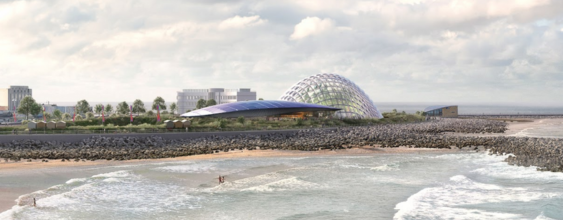WSP delivered an EIA report that considered the wind farm in perpetuity, taking account of the initial design, construction, construction restoration, operation and decommissioning and final restoration. As with most onshore wind, this includes mitigating adverse construction effects including the construction of new access roads and hardstanding areas for cranes; alongside the permanent infrastructure such as deep foundations.
The wind farm site has habitats that include wet modified bog and blanket bog. A long access road to the wind farm site, through part of the Garden and Designed Landscape (GDL) and a Special Protection Area (SPA) designated for hen harriers. As a result, the project team developed design mitigation to avoid areas of sensitive habitat and areas of deep peat, as well as mitigation through a habitat management plan to enhance areas of bog habitat. The project team provided measures to minimise disturbance to birds at specific times of the year, including a site shut down period and a detailed restoration scheme for land within the GDL.
Alongside other consultants such as MacArthur Green, Headland Archaeology, Envirocentre and Hayes McKenzie, WSP advised the client on topics such as landscape, ecology, ornithology, hydrogeology, geology, hydrology, peat, acoustics, shadow flicker and the historic environment; with in-house experts on hand to provide specialist advice.























